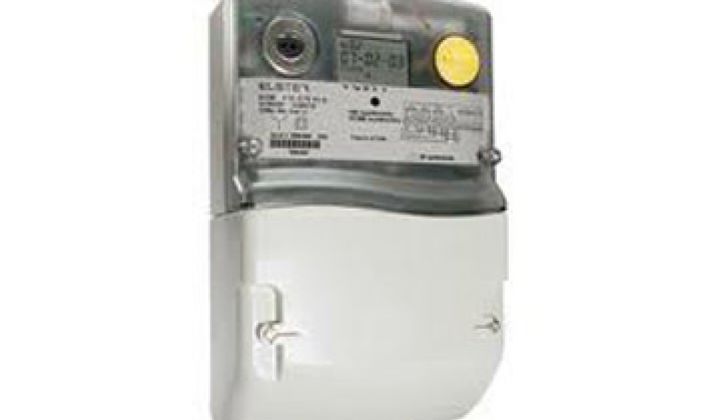One of the next big opportunities in smart grid will revolve around curing substation blindness.
Reducing voltages on transmission lines by 6 percent to 8 percent with the help of networking could result in power savings of 4 percent to 6 percent “all day long, 24 hours a day, seven days a week,” said Mark Munday, CEO of Elster Solutions, the advanced metering infrastructure (AMI) giant, in an interview.
Nationwide, voltage reductions like this could add up to gigawatt-hours of saved electricity. Voltage conservation technology and intelligent distribution equipment, additionally, could reduce transformer overload and highlight maintenance issues before they spill over into full-blown disasters. Utilities could even begin to switch to smaller, less expensive transformers. Lower capital budgets -- and lower bills -- could follow. Toronto Hydro has already installed voltage conservation equipment.
“You will see a lot more commercial products on the distribution side,” he said.
Like a number of smart grid ideas, voltage conservation is possible because of the gap between nineteenth-century grid functionality and twenty-first century communications. Technically, utilities do not precisely know how power gets consumed in homes or businesses.
“Utilities are blind from the substation down,” he said. “But a synchronous motor needs a certain amount of voltage or they stall and burn up.”
To get around the problem, utilities crank up voltage. Smart metering, however, can feed precise information back to the utility on current consumption patterns. Ideally, then, information will let utilities operate with a better, but also thinner, buffer.
Elster is in some ways the poster boy for the new-old nature of green technology. Elster Solutions, which Munday oversees, produces gas, power and water meters, among other equipment. It works with companies like AT&T and Tropos Networks to hammer out smart grid standards. In October, it held an initial public offering.
At the same time, it’s no startup. The conglomerate began as the American Meter Company in 1836.
What else is coming?
--Utilities will begin to gravitate toward putting some of their smart grid infrastructure on public celullar networks. To date, most utilities have elected to build their own networks rather than run meter or other communications on cellular or WiMax networks.
Many have attributed this trend to the fact that utilities in most states can shovel the cost of their own network into a rate increase. Munday, however, asserts this is sort of a myth. The big concerns have been reliability and disaster preparedness.
“They want to know what the bandwidth is. With their own network, they don’t have to worry about someone calling grandma to make sure she is all right,” he said. “Utilities have a strong need for prioritization after a disaster."
“The utility infrastructure is a critical infrastructure. You see what happens when there is a blackout,” he added.
The public carriers now realize this and have begun an effort to create technologies for hardened partitions of bandwidth. The more extensive bandwidth on 4G networks will help this effort; so will IVP6.
In the end, the industry will likely see a spectrum of hybrid networks. Individual meters might link to the grid to collectors via low-bandwidth wireless mesh. The collectors then might send signals via 4G to substations with communications then rolling onto fiber networks. With some remote communities, satellite communication might be employed.
“You will have to be able to deal with multiple technologies simultaneously.
--The lines between power delivery, demand response and building and home management will continue to blur as applications get layered onto these networks. Elster, in fact, moved into energy management with the purchase of EnergyICT.
--Standards? Yes, lots of them. Interoperability will be one the goals because utilities and their customers will want to maintain compatibility with equipment over the course of decades.
--Providing the bigger picture and wider benefits of smart grid technologies also stands as a looming task for Munday and other smart grid execs in 2011 and 2012. To some sectors of the public, “smart grids” are synonymous with rate hikes, potential security breaches and electromagnetic radiation.
The benefits often get lost. Smart meters, for instance, allow utilities to shut off power, or turn it back on, remotely instead of sending a truck. Remote account management has allowed Centerpoint in Texas to cut more than 220,000 truck rolls.
Does that benefit the utility? Yes, but it can also be customer benefit. A smart meter could detect when a consumer is $50 in arrears on their bill and send a text message to alert them of the problem, Munday said.
If an account drops $100 behind, utilities could then partially cut off an account: shutting off power between 9 a.m. and 3 p.m. to conserve but then letting a family have light in the evening. When the bill gets paid, power could be restored in minutes, he said.
It would beat being permanently plunged into darkness.
“All of this is about the consumer. If we don’t approach it that way, we are going to continue to see the problems that we’ve seen,” he said.



